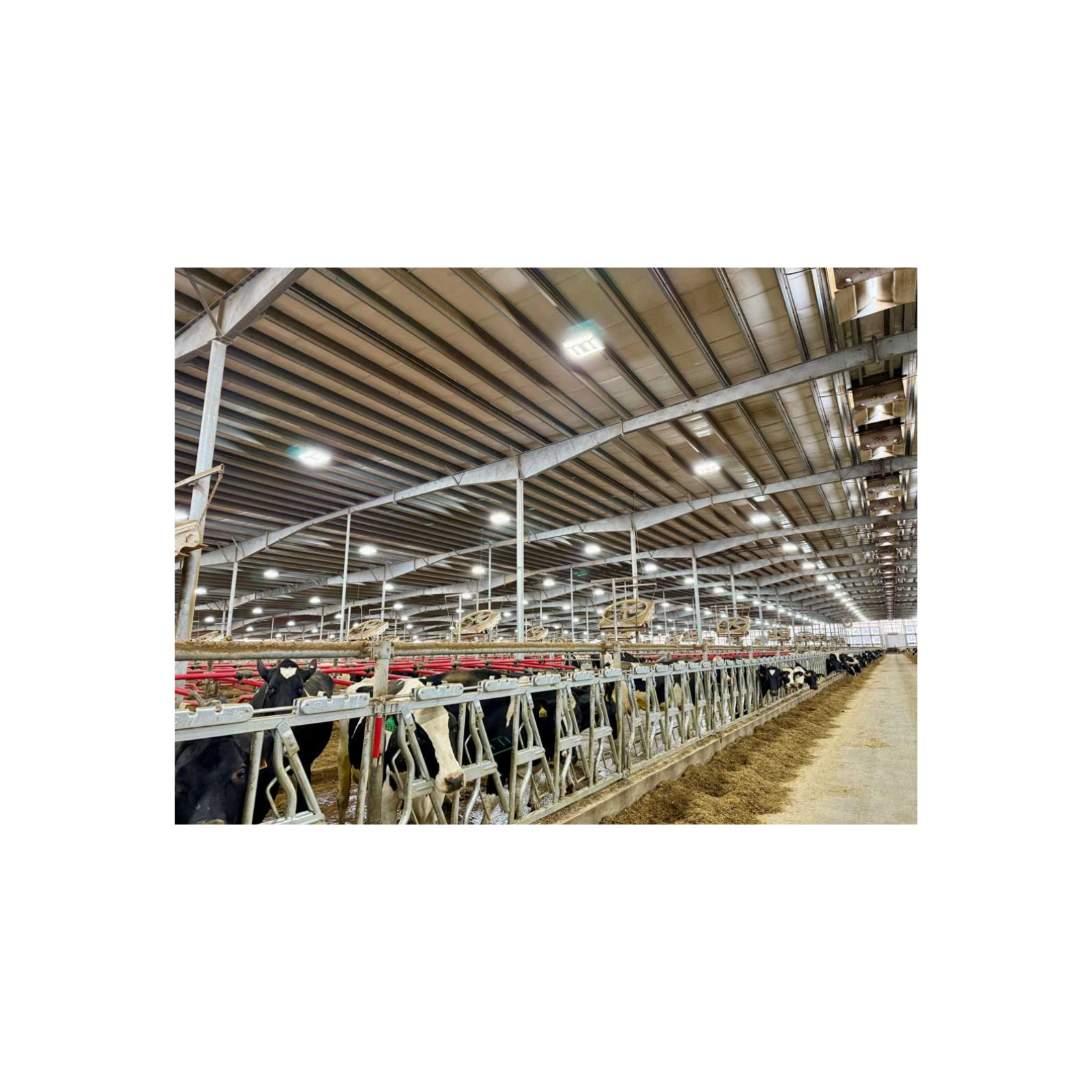Podcast Episode Details
Back to Podcast Episodes
E387 Simple LED Lighting Can Boost Production 8% – Here’s Why Most Farms Haven’t Switched
Season 1 Episode 387
What if everything the lighting companies have been telling you is wrong? Twenty years of rock-solid research from the University of Florida proves that basic LED lighting can boost milk production by 8%, yet the vast majority of dairy operations still run fixtures from the 1980s. Even more shocking: farmers spending $600 on simple LED setups are getting the same results as those dropping $15,000 on "advanced" systems. This episode exposes why complex technology fails when biology refuses to cooperate—and how understanding this pattern could save you thousands on every technology decision you face.
Key Takeaways:
- Why only 30% of your cows will ever respond strongly to photoperiod manipulation—regardless of how much you spend on lighting systems
- The $34,000 annual revenue opportunity hiding in barns with lighting below 50 lux (and how to measure yours in 5 minutes)
- How 10-fold individual variation in cow melatonin levels makes expensive optimization systems a waste of money
- Why Upper Midwest operations see 3x better LED lighting ROI than California dairies—and what that means for your regional strategy
- The hidden electrical costs ($2,000-$8,000) that lighting vendors never mention until after you've signed
- How simple mechanical timers consistently outperform digital controllers in barn environments
- The counterintuitive reason dry cows need exactly opposite lighting (8 hours light/16 dark) for optimal production
Why This Episode Matters:
This isn't just about barn lighting—it's about exposing a pattern that repeats across every dairy technology from robotic milkers to precision feeding systems. Dr. Geoffrey Dahl's two decades of photoperiod research, published in the Journal of Dairy Science, provides irrefutable evidence that 16-18 hours of proper lighting triggers hormonal changes that boost production. IGF-1 increases 15-30%, prolactin rises 25-40%—these aren't marginal gains, they're transformative.
But here's what the technology vendors don't want you to know: Dr. Dong-Hyun Lim's 2021 research proves individual cows show massive variation in light response. Some respond at 50 lux, others need 200 lux, and 30% won't respond meaningfully at all. This biological reality destroys the economic case for complex systems.
We break down exactly how to test your barn (spoiler: if you're above 150 lux, save your money), calculate realistic ROI based on your starting conditions, and implement a "test small, scale smart" approach that minimizes risk while maximizing potential gains. Plus, we reveal why farms starting with genuinely poor lighting see dramatic results while those with decent fluorescents waste money chasing marginal improvements.
Take Action:
Ready to challenge everything you thought you knew about dairy technology adoption? Subscribe to The Bullvine Podcast for more episodes that cut through industry hype to deliver insights that actually improve your bottom line. Visit https://www.thebullvine.com/technology/simple-led-lighting-can-boost-production-8-heres-why-most-farms-havent-switched/ for the complete article, research citations, and our exclusive lighting assessment calculator. Join the conversation on social media using #TheBullvineTruth and share your own technology wins and failures. Remember: in dairy, the difference between profit and loss often comes down to knowing when simple beats complex.
Published on 2 days, 13 hours ago